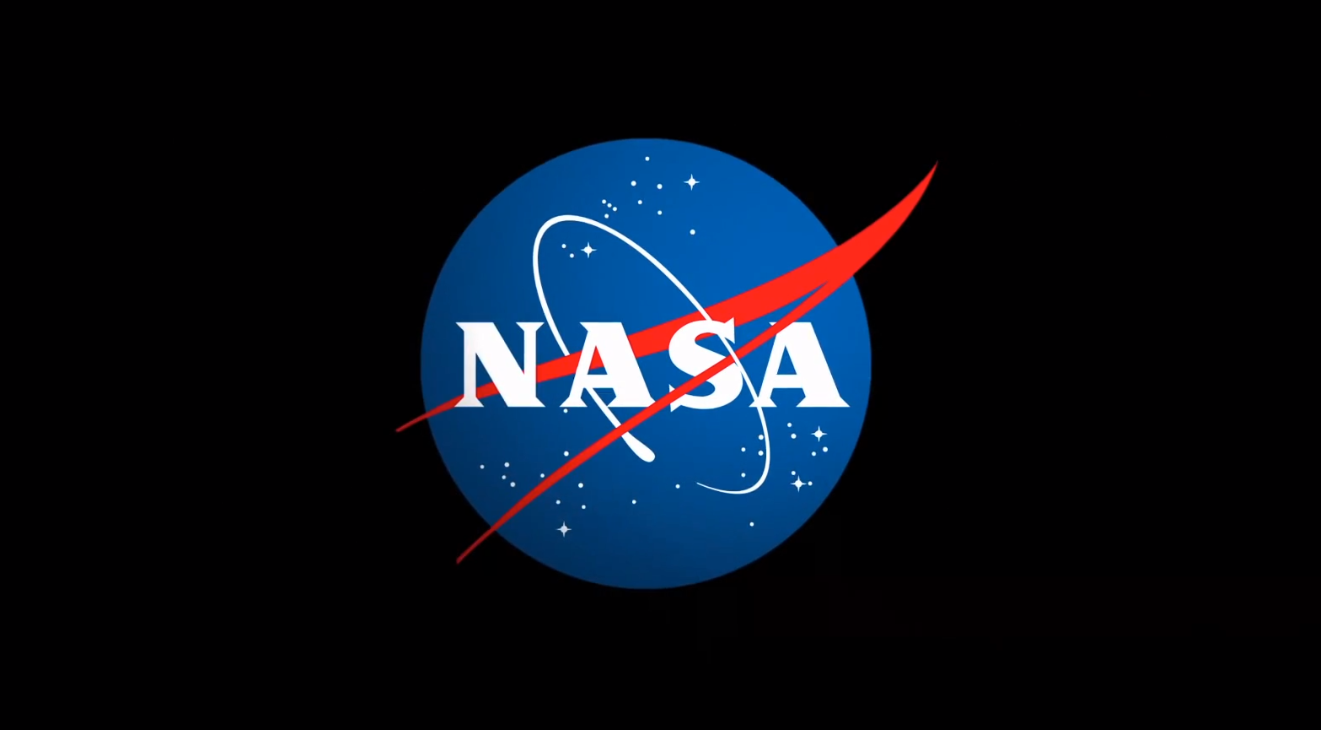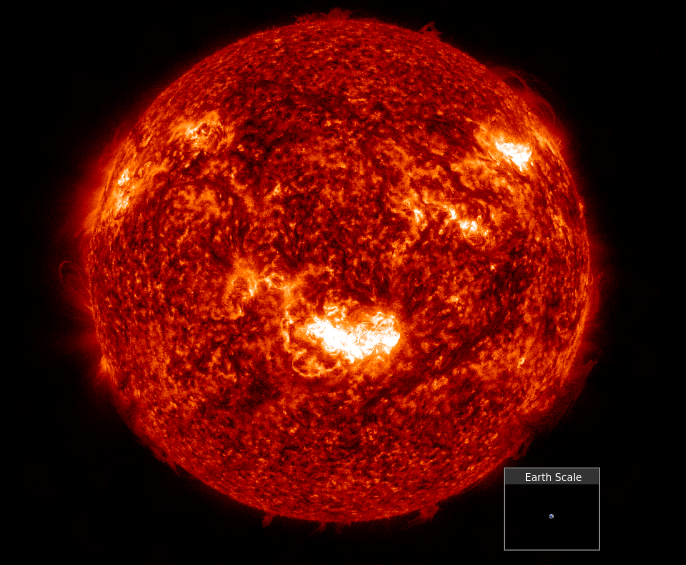NASA Awards Contract for NOAA’s Space Weather Program
NASA, on behalf of the National Oceanic and Atmospheric Administration (NOAA), has selected Southwest Research Institute of San Antonio to build three coronagraphs for the Lagrange 1 Series project, part of NOAA’s Space Weather Next program. Once operational, the coronagraphs will provide critical data to NOAA’s Space Weather Prediction Center, which issues forecasts, warnings, and […]

NASA, on behalf of the National Oceanic and Atmospheric Administration (NOAA), has selected Southwest Research Institute of San Antonio to build three coronagraphs for the Lagrange 1 Series project, part of NOAA’s Space Weather Next program.
Once operational, the coronagraphs will provide critical data to NOAA’s Space Weather Prediction Center, which issues forecasts, warnings, and alerts that help mitigate space weather impacts, including electric power outages and interruption to communications and navigation systems.
This cost-plus-fixed-fee contract is valued at approximately $60 million, and the anticipated period of performance is from this November through January 2034, concluding after launch of the second coronagraph aboard a NOAA spacecraft. The third coronagraph will be delivered as a flight spare.
This contract award marks a transfer of coronagraph development from the government to the U.S. commercial sector. The contract scope includes design, analysis, development, fabrication, integration, test, verification, and evaluation of the coronagraphs; launch support; supply and maintenance of ground support equipment; and support of post-launch instrument operations at the NOAA Satellite Operations Facility. The work will take place at Southwest Research Institute’s facility in San Antonio.
The coronagraphs will observe the density structure of the Sun’s faint outermost atmosphere — the corona — and will detect Earth-directed coronal mass ejections shortly after they erupt, providing the longest possible lead time for geomagnetic storm watches. With this forewarning, public and private organizations affected by space weather can take actions to protect their assets. The coronagraphs will also provide data continuity from the Space Weather follow-on Lagrange 1 mission.
NASA and NOAA oversee the development, launch, testing and operation of all the satellites in the project. NOAA is the program owner providing the requirements and funding along with managing the program, operations, data products, and dissemination to users. NASA and its commercial partners develop and build the instruments, spacecraft, and provide launch services on behalf of NOAA.
For information about NASA and agency programs, visit:
-end-
Abbey Donaldson
Headquarters, Washington
202-358-1600
Abbey.a.donaldson@nasa.gov
Jeremy Eggers
Goddard Space Flight Center, Greenbelt, Md.
757-824-2958
jeremy.l.eggers@nasa.gov
What's Your Reaction?



















.jpg?#)

































